Glaucoma drainage device surgery
Glaucoma drainage implants are the small prosthetic devices which are placed to help in lowering the intraocular pressure & prevent the further optic nerve damage. Glaucoma drainage implant operation is an alternative to the Glaucoma Filtration Surgery called as trabeculectomy. In some patients, especially those with certain types of glaucoma like aphakic glaucoma, neovascular glaucoma, & uveitic glaucoma, trabeculectomies are known to have a less success rate in reducing intraocular pressure because of an aggressive healing response. Also, in patients who have already undergone other eye surgeries, a glaucoma drainage device usually works better than a trabeculectomy procedure to control the intraocular pressure.
PROCEDURE:
- Implantation of the glaucoma drainage device requires a careful attention to detail at each and every step of the procedure to improve the results & minimize the postoperative risks or complications.
- Initially, a fornix-based or limbus-based conjunctival cut or incision is performed to allow the adequate exposure of insertion of the plate. A corneal or scleral suture will be placed to improve the exposure in working quadrant.
- The implant is anchored in between 2 rectus muscles along with the anterior edge nearly 8 - 10 mm size posterior to the limbus. Larger implants (Baerveldt) are inserted with a long axis which is directed toward the apex of the orbit & then rotated horizontally such that the tube points are directed towards the anterior chamber & the wings of the implant is under the rectus muscles.
- If a 2 plate implant is used, 1 plate is positioned in each of the 2 quadrants. The tube will connect the 2 plates & is passed under or over the intervening rectus muscle.
- With all the valved implants, prior to plate anchorage, the tube needs to be primed with the balanced salt solution with a 30-gauge cannula to make sure that the valve leaflets are not fused after the sterilization techniques.
- The tube of nonvalved implant needs to be irrigated as well to make sure of its patency. Once the implant is correctly positioned, the plate is secured to the globe with 2 non-absorbable sutures that is 8-0 or 9-0 nylon sutures on a spatulated needle.
- The suture knots are rotated into the fixation eyelets to prevent erosion by the conjunctiva. Secure attachment to the underlying sclera is required to prevent the anterior, posterior, or lateral migration of the implant in the postoperative period
- After the plate has been attached to the globe, the tube is laid across the cornea & cut with the sharp scissors to develop a beveled edge with the opening which is toward the cornea.
- The tube should extend nearly 2.5 - 3 mm into the anterior chamber to reduce the risk of the tube-cornea touch or retraction out from the anterior chamber.
- A 23-gauge needle is used to create a track by which the tube is inserted into anterior chamber just anterior & parallel to the iris. The tube can be protected to the sclera a few millimeters anterior to the plate with 7- 0 or 8-0 Vicryl suture. This suture helps to stabilize the tube & they shouldn’t be tight; if not, it will restrict the flow in valved devices.
- The tube is covered to stop its erosion by the conjunctiva. Patch graft materials include processed pericardium, dura, sclera, fascia lata or cornea. The patch graft needs to be secured to the globe with the interrupted sutures at anterior corners by using 8-0 Vicryl or nylon sutures.
If the patch graft material is not available, a partial thickness of the scleral flap will be constructed. The needle track & tube entry are done under the flap.
- Then the flap is sutured with the 10-0 nylon sutures. After the patch graft is been placed, the conjunctiva & Tenon layers were dragged over the plate, tube, & patch graft & secured in the place with the help of 8-0 Vicryl suture.
In some certain cases, the monofilament 9-0 Vicryl suture will be choose because of its higher tensile strength & finer vascular needle to prevent the buttonholes when the handling thin conjunctiva.
- At the end of the surgery, the eye will be examined to make sure that the implant plate, intraocular portion & patch graft of the tube are in a exact and good position.
- Fluorescein drops or strips are used to inspect conjunctiva for any leaks. Any buttonholes are found in the conjunctiva are need to be closed with the 9-0 Vicryl suture. At the end of the surgery, a subconjunctival injection of antibiotic & steroid will be given.

.jpg)
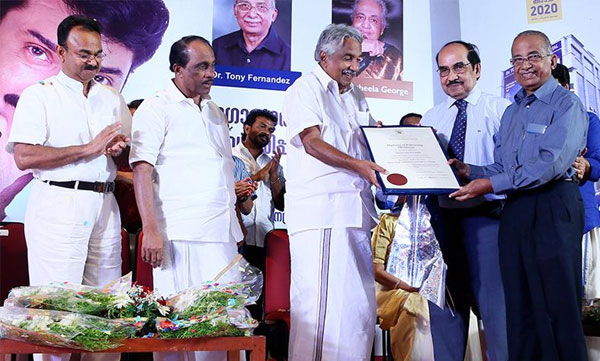
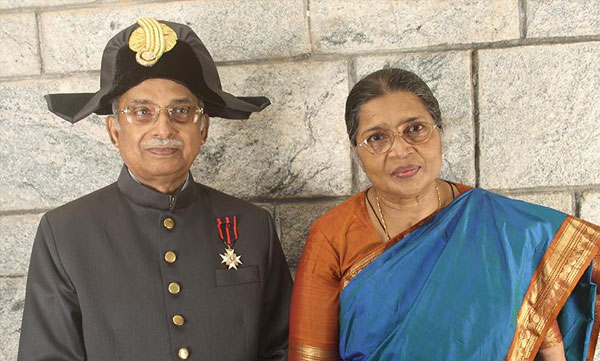
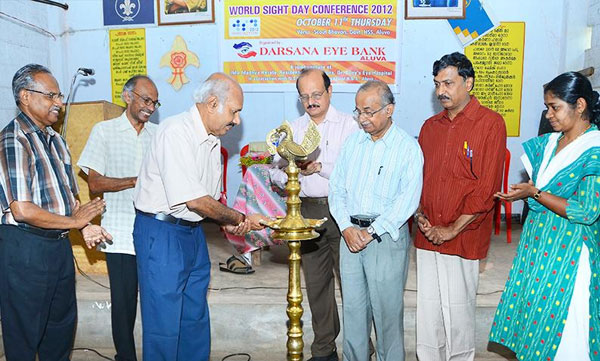


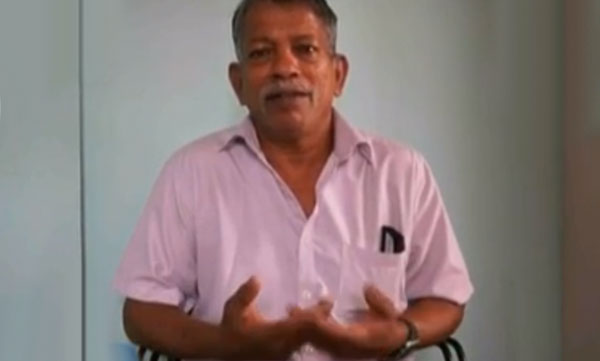

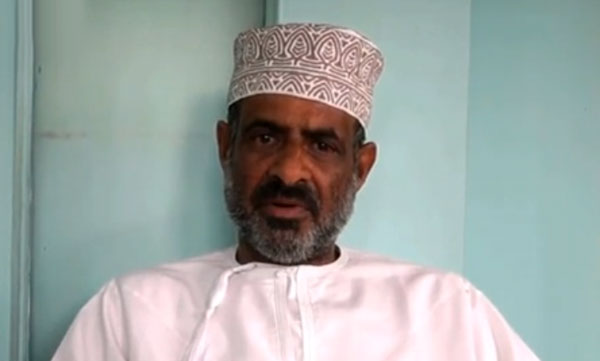
 I am Nimitha, before Lasik, I am very difficult to see and difficult to handle contact lens and specs. After the lasik treatment I am very relaxed.
I am Nimitha, before Lasik, I am very difficult to see and difficult to handle contact lens and specs. After the lasik treatment I am very relaxed. 